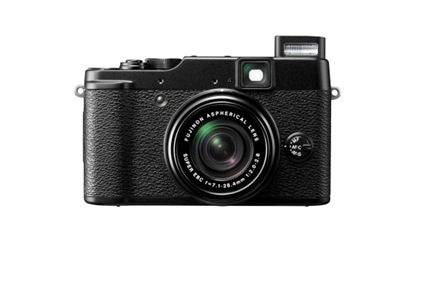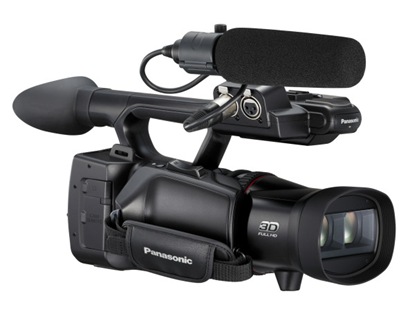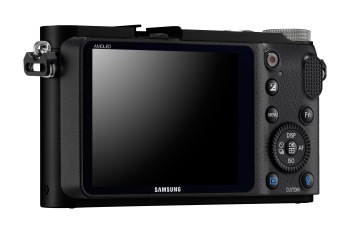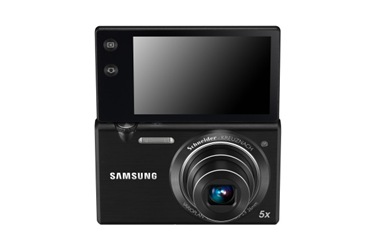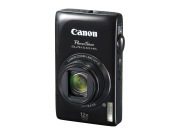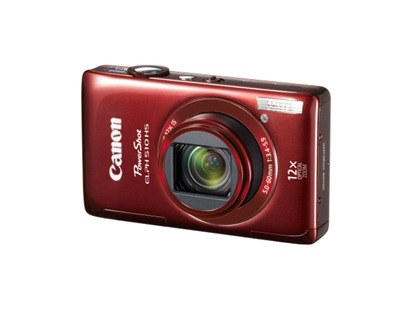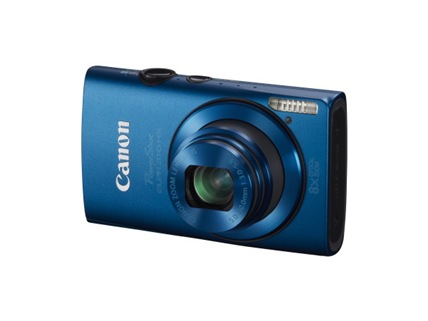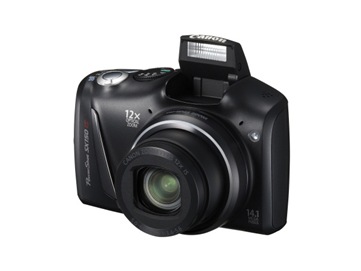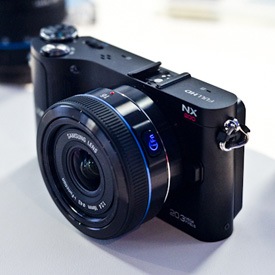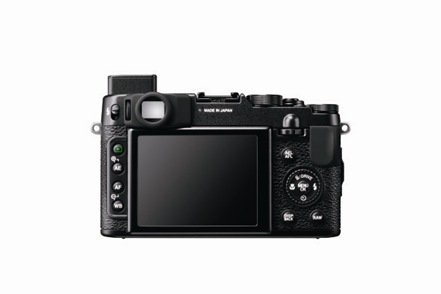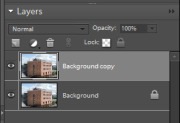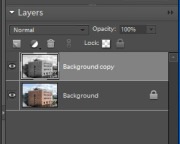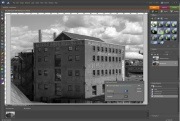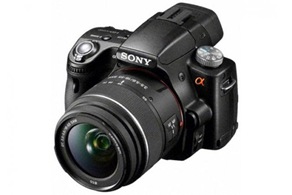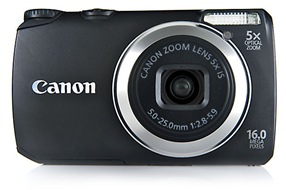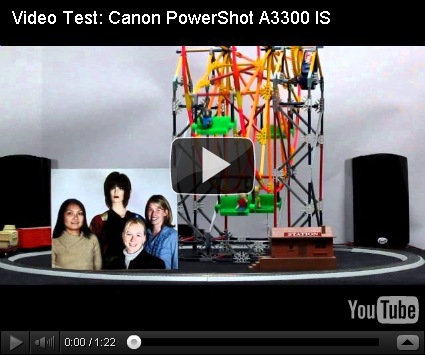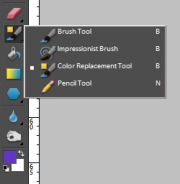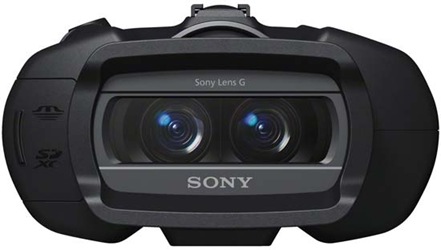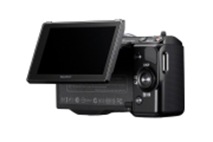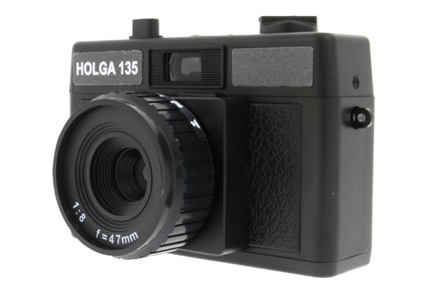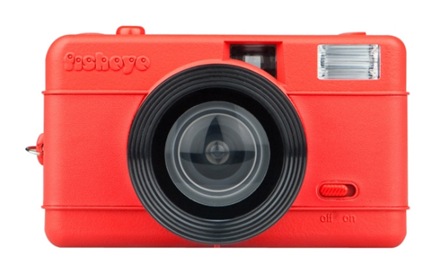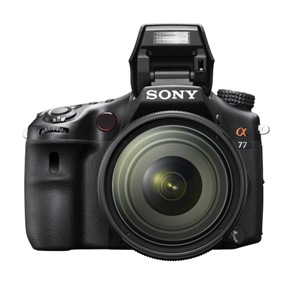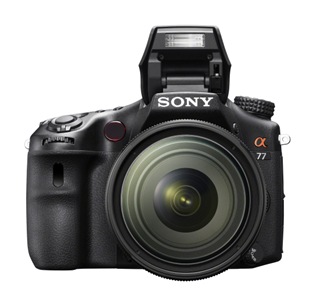 At first glance, and probably even after several subsequent glances, you might mistake the just-announced Sony Alpha SLT-A77 for a DSLR.
At first glance, and probably even after several subsequent glances, you might mistake the just-announced Sony Alpha SLT-A77 for a DSLR.
Its size, $2000 kit price, and weather-sealed magnesium alloy body are all well in line with what you'd expect from a high-end consumer DSLR. Its 24.3-megapixel APS-C CMOS sensor, A-mount for interchangeable DSLR lenses, and manual control scheme are usually found only on DSLRs. And perhaps most important, it just looks like a DSLR.
This is not a DSLR. The distinction won't mean much to most people, but many photographers say that something is "not a DSLR" in the same tone that a guy with a sweater tied around his shoulders uses to describe a box of Franzia wine. A camera is "not a DSLR" in the same way that Oasis is not the Beatles, Footloose (2011) is not Footloose (1984), and this sandwich is not a real Philly cheesesteak.
But with the Sony Alpha A77, the whole "not being a DSLR" paradigm may get flipped on its head. That's because what makes this camera "not a DSLR" is precisely what makes it more compelling than a DSLR, especially for videographers and fast-action photographers. And by "fast-action photographers," I'm not just referring to NFL sideline photographers or the paparrazi; a fast-focusing, fast-shooting camera is incredibly useful for people interested in taking photos of their baby, wildlife, Bigfoot, or their dog jumping to catch a Frisbee.
The Alpha A77's fixed translucent internal mirror makes the difference. Because it doesn't reflect the light coming through the lens to an optical viewfinder, the camera doesn't meet the "reflex" requirement of the "digital single lens reflex" (DSLR) name. Instead, the camera redirects light to an autofocus sensor.
 In practical terms, the translucent mirror means that the Alpha A77's phase-detection autofocus system works when the camera is shooting video or is in burst mode, neither of which is the case with a DSLR. As long as light comes through the lens, the Alpha A77's mirror redirects some of the light to the camera's autofocus sensor. In a traditional DSLR, the mirror is flipped up during video capture and in burst shooting mode, and the DSLR's through-the-lens, phase-detection autofocus system punts to the camera's less-effective contrast-detection autofocus system, which the imaging sensor itself drives.
In practical terms, the translucent mirror means that the Alpha A77's phase-detection autofocus system works when the camera is shooting video or is in burst mode, neither of which is the case with a DSLR. As long as light comes through the lens, the Alpha A77's mirror redirects some of the light to the camera's autofocus sensor. In a traditional DSLR, the mirror is flipped up during video capture and in burst shooting mode, and the DSLR's through-the-lens, phase-detection autofocus system punts to the camera's less-effective contrast-detection autofocus system, which the imaging sensor itself drives.
Continuous autofocus isn't new, but because many DSLRs use contrast-detection AF rather than phase-detection AF during burst and video capture, they struggle with those modes. Maintaining sharp focus on fast-moving subjects that are approaching the lens during burst or video capture is especially problematic for most DSLRs.
In contrast, Sony lists meeting that challenge as the Alpha A77's core strength. The specs tell the story here. The camera's lightning-fast, 12-frames-per-second burst mode at full 24.3-megapixel resolution runs laps around the maximum continuous shooting speed of most DSLRs. Sony claims that the Alpha A77 is the first camera to shoot images at a resolution of greater than 20 megapixels with a speed faster than 5 fps; most DSLRs top out at around 8 fps in burst mode, even at lower resolutions.
Because the Alpha A77 has no moving mirror, you'll see an intermittent, strobe-like black-out time on the camera's OLED viewfinder and LCD screen while you're shooting continuously. This A77 is also the first interchangeable-lens camera to support the AVCHD Progressive format when shooting video, meaning that it can capture 1080p video footage at a higher frame rate and at a higher bitrate, with continuous autofocus employed. The camera's ability to shoot full 1080p video at 60 fps and 24 fps should make it a standout device for video capture.
Translucent-mirror technology isn't new. Last year's Sony Alpha A55 and Alpha A33 offered the same in-camera hall of mirrors. But the Alpha A77 ups the ante with that insane 24.3-megapixel sensor (up from 16 megapixels in the A55), a new Bionz image processor (which has to be powerful to process huge image files and all of those AF adjustments simultaneously), a faster burst mode despite the significantly higher-resolution images, and video capabilities that appear to be second to none when matched up against consumer DSLRs.
The major tradeoff for all of these performance enhancements is the absence of an optical through-the-lens viewfinder, which many accomplished shooters consider a dealbreaker--and a major contributor to their mocking "not a DSLR" tone. Certainly most users of last year's Alpha A55 would list its grainy-security-camera-like eye-level EVF as a key weak spot.
But the Alpha A77 vastly improves on its predecessor in this area as well. The 2.5-million-dot OLED eye-level viewfinder on the A77--which Sony claims is the first OLED EVF in the world--is currently the sharpest and brightest in the game. And though it's not an optical viewfinder, it provides a crisp, bright, full-coverage view, and you get the benefit of better low-light visibility, a histogram display, and detailed data through the eyepiece as you're shooting--all advantages over an optical viewfinder.
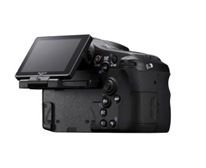 The electronic viewfinder isn't the only element that Sony has completely redesigned for this camera. The Alpha A77's 3-inch LCD viewfinder has a new "three-way tilt" adjustment mechanism that lets you position the screen in almost any direction, while enabling it to remain on the same vertical plane as the camera's lens.
The electronic viewfinder isn't the only element that Sony has completely redesigned for this camera. The Alpha A77's 3-inch LCD viewfinder has a new "three-way tilt" adjustment mechanism that lets you position the screen in almost any direction, while enabling it to remain on the same vertical plane as the camera's lens.
The Alpha A77 may also be the camera that shows DSLR users what Sony has been up to with the innovative modes added to its Cyber-shot point-and-shoot cameras over the past few years. The Alpha A77 offers many of the same creative and fun-to-use shooting options we've seen in recent Cyber-shots, which gain even more power from the A77's fast performance, higher-end optics, big sensor, and beefy image processor.
The Alpha A77 has the same Sweep Panorama and single-lens 3D shooting options as Sony's recent Cyber-shot cameras, along with a range of effects that let you simulate a tilt-shift lens, automatically bracket and stack images to create instant HDR and sharper low-light shots, isolate a single color in black-and-white photos, and choose other optional features and effects. The A77 also has a GPS receiver to geotag shots as you take them, and its body-based sensor-shift system ensures that any lens will be stabilized once it's mounted.
So the Alpha A77 may not be a DSLR, but that fact shouldn't deter anyone seeking a versatile interchangeable-lens camera from checking it out. The sum of its parts is a "not a DSLR" to get very excited about, as it seems to cover more ground than any similarly priced DSLR in terms of high-speed capture, video capabilities, autofocus skills, creative in-camera filters, and fun-to-use modes.
The Sony Alpha A77 is slated to be available in October for $2000 as a kit with a 16-50mm/F2.8 zoom lens, or for $1400 for the body only.
PCPro
 PCMag Editors did not test the Panasonic Lumix DMC-ZS8. We did, however, test and review the Panasonic Lumix DMC-ZS10 (2.5 stars).
PCMag Editors did not test the Panasonic Lumix DMC-ZS8. We did, however, test and review the Panasonic Lumix DMC-ZS10 (2.5 stars).